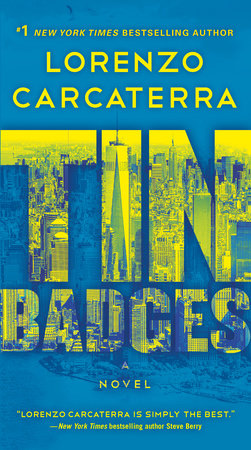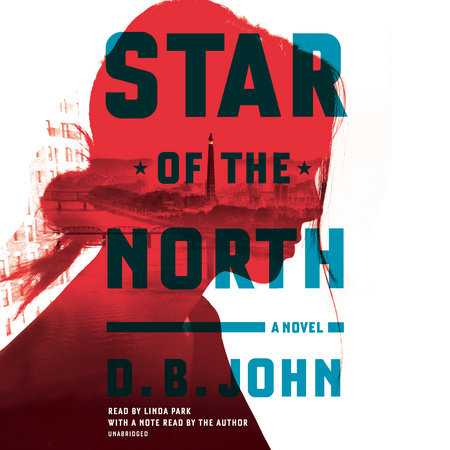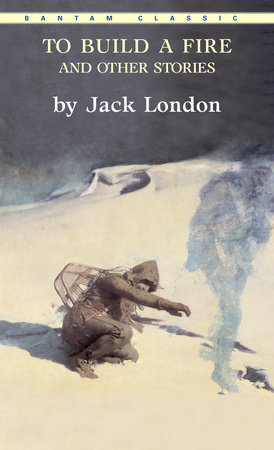Author Q&A
A Conversation with D. B. John
Author of
STAR OF THE NORTH
Crown; May 22, 2018
Q) Tell us about the inspiration for your novel Star of the North. Why did you decide to write a thriller set partly in North Korea?
A) The idea started to take shape in December 2011 when I saw the news footage from the streets of Pyongyang shortly after Kim Jong-il’s death was announced. People were crying and wailing, prostrating themselves on the snow, appealing the sky with their hands. It was as if they were under a spell. There was something desperate about the grieving, too, as if they knew that punishment awaited those who shed too few tears. This was the world’s last remaining totalitarian tyranny, where the rules of human behavior, I realized, were different. It made me want to know about the inner lives of North Koreans, and I started to wonder what it would be like to depict them in private, without the masks they wore in public.
Q) You visited North Korea in 2012 and also spent time in Seoul, South Korea. In addition, you coauthored a book, The Girl with Seven Names, with Hyeonseo Lee who had escaped North Korea at age seventeen. How did your visit to these two countries and research on your previous book influence the writing of this novel?
A) In North Korea I was shown only what the regime wanted foreign visitors to see, but that, too, was revealing. My visit to Pyongyang sometimes felt like a tour around a gigantic stage set. Hyeonseo Lee’s story provided me with a clear view of what lay behind the scenery. Not only the fear and the privations, but also the fact that in North Korea, like everywhere else, somehow people get on with life and find ways to be happy. North Korea is obsessed with South Korea; the opposite is true in the South. For South Koreans, the North is their mad uncle in the attic, a subject best not mentioned. South Korea seemed to me to be sedated by its prosperity and success. Most people were in denial about the North and avoided even thinking about the threat. The contrast between both Koreas is shocking, as if they are parallel universes. They have diverged so far from each other that it’s hard to imagine now how they might successfully reunify, if they ever will.
Q) Can you tell us a bit about your experience visiting North Korea? Is the Kim regime as influential as most people think? What was your impression of the Korean people and how they feel about their leader?
A) The reporter John Sweeney described the North as “mad, bad, and sad,” and I couldn’t disagree. Two weeks of being fed propaganda by our tour guides became very wearying, and on at least one exasperating occasion (being told that the South started the Korean War), I was tempted to shout out “Not true!” Also bizarre was the daily ritual of having to bow before one of the many statues of Kim Il-sung (to refuse would have gotten our two guides into trouble). For such a tiny, impoverished country, North Korea hits far above its weight. Hardly a week goes by when it doesn’t make the news headlines around the world. The fact that it recently humiliated the president of the United States by successfully testing the very long-range missile he said they couldn’t (“Ain’t gonna happen”) did give me a grudging respect for the country. Sadly I think the Kim regime has a lot of influence in the region and is the reason Japan is slowly starting to abandon its pacifism of seventy years. North Korea has clearly also risen to the very top of the USA’s list of international problems.
Q) One of the main plot points in Star of the North involves an abduction program. How much of that was drawn from real life and what can you tell us about it?
A) In the 1970s and ’80s the North had a policy of abducting random people, mainly from beaches in Japan and South Korea but also occasionally from Europe and elsewhere. The reason for this has never been fully explained. Some were put to work teaching local customs and language to spies and assassins being trained to infiltrate Japan and South Korea; some had their identities stolen; but most of them were housed in segregated compounds for decades for no apparent reason whatsoever. The victims seemed to vanish without leaving a single clue. Tales of North Korean kidnappings were the stuff of urban legend in Japan until Kim Jong-il publicly admitted to them in 2002, causing public outrage in Japan. An abduction of an ordinary teenage couple from a beach seemed a good inciting incident to start the story.
Q) Star of the North follows three main characters whose lives connect in unexpected ways: Jenna, a student at Georgetown University whose twin sister vanished without trace from a beach in South Korea while on a gap year; Colonel Cho, a high-ranking diplomat in Pyongyang; and Mrs. Moon, a sixty-year-old peasant woman living in a province along North Korea’s border with China. Who was most difficult to write about and why? Did you draw on any of your experiences in North Korea when writing these characters?
A) Jenna was perhaps the most delicate to write, for reasons explained in the next answer. But in other ways she came naturally to me. I’m drawn to characters who are outsiders and misfits, and Jenna is both of those in a way. The trauma in her past has disconnected her from the world. And like many Korean-Americans, she’s not entirely accepted by other Koreans. She grew up managing multiple identities. This otherness in people often gives them an independence and a strength they don’t know they have, a quality I find attractive. And without her realizing it, she is the type of stable introvert that makes for an ideal for a CIA agent.
Colonel Cho was partly inspired by someone I encountered in North Korea. My small tour group was guided around the Demilitarized Zone (the border with South Korea) in the company of an army captain who made a real impression on me. He was a young, handsome member of the elite in immaculate uniform. I watched him brush a tear from his eye when he mentioned the Dear Leader’s recent death, and listened to him give brash and arrogant answers to our awkward questions, especially about who started the Korean War. I wondered about his private life and his family. He seemed to me an idealist and a believer. I imagined his marriage would have been a good political match to a family of sound revolutionary class credentials, and he would have attended diligently to the ideological education of his children.
Mrs. Moon is more a product of my imagination. She’s drawn from a type well known in both North and South Korea—the tough, pushy, hard-working matrons known as ajummas who are found in every marketplace. They do not suffer fools. When I was living in Seoul, they were just as likely to treat me with great kindness as they were to shove me out of their way. They are regarded with a curious mixture of respect and derision. My impression was that they are rebels in a way, resisting and pushing back against the conventions of a highly patriarchal Korean society. They have no difficulty making men look weak and foolish. I wanted to make Mrs. Moon tougher and smarter than any of the men in her environment.
Q) Can you tell us a bit about your writing process?
A) I don’t find writing easy. Sitting at my laptop and tapping away is only about 10 percent of the process. My friends often ask why I don’t give myself a change of scene—go and work in a café or at the British Library. This is because huge amounts of my time are spent pacing about with a cup of tea in one hand and scratching my head with the other, trying to figure out how to end a paragraph or begin a chapter. There’s a lot of self-doubt and changes of mind. I would never begin a novel without first knowing how it’s going to end, otherwise the writing tends to drift and time gets wasted. Plot is the easy part. I write the story as if it’s a movie and try to visualize the scenes cinematically. The characters are much more difficult and evolve over time, after a lot of thought. It takes me a long time to get to know them well.
Q) Can you discuss your process for writing from the perspective of characters from different cultural backgrounds than yourself, such as Jenna, the biracial Korean-American professor, or Cho, the born-and-raised North Korean citizen?
A) Jenna was from a background so different from my own that I had to think very carefully about how to draw her. But that was the challenge I wanted. I consider most people’s backgrounds more interesting than my own. (I have zero urge to write about white gay guys from South Wales.) My approach was to focus on character. No matter what someone’s race, age, gender, background, or creed, all humans know what it means to feel love, bereavement, guilt, regret, and so on—the experiences that shape character. The easiest to draw was perhaps Cho, again because of character. There is a bit of me in him, especially the naïveté.
Q) North Korea has been in the news lately due to heightened tensions with the United States. What is something most people don’t know about North Korea that would help explain their recent actions?
A) In the West, the Korean War (1950–53) is long forgotten in the popular imagination and today’s youth may not even have heard of it. But in North Korea the war happened as if it were yesterday. The past is very much alive and present in North Korea, and schoolchildren are reminded of it every day. The American bombing of the North during the war totally destroyed the country—barely a building was left standing. The country had to rebuild from scratch. In its attempt to stop Communism spreading, the USA took very extreme measures. The North feels it can never forgive the USA for that. However, I suspect the regime, rather like Oceania in 1984, needs the ever-present danger of enemies in order to justify its own power and survival.
Q) What do you hope readers will take away from the novel?
A) I make no lofty claims for the novel. I simply hope people will read it purely for pleasure and perhaps realize that the North Korean characters have the same feelings and dreams as everyone else.
























